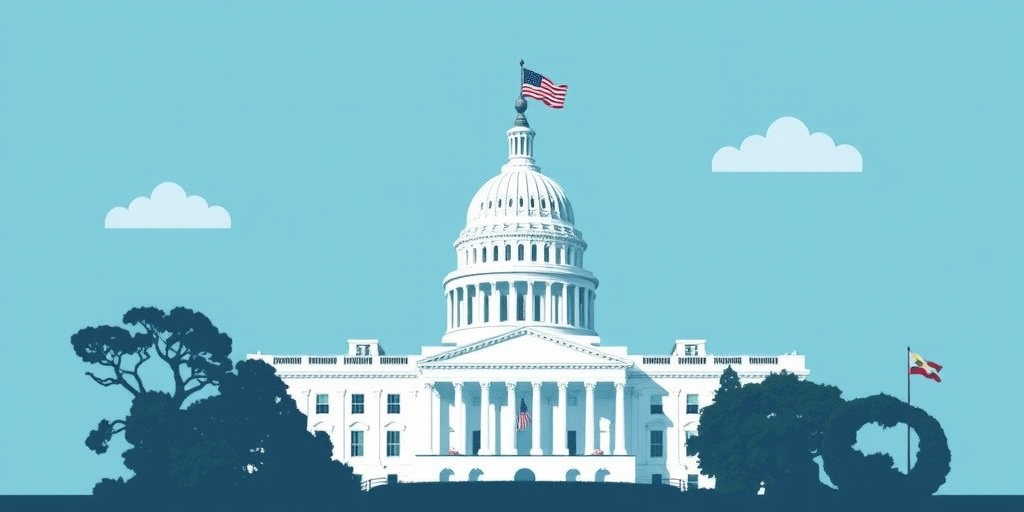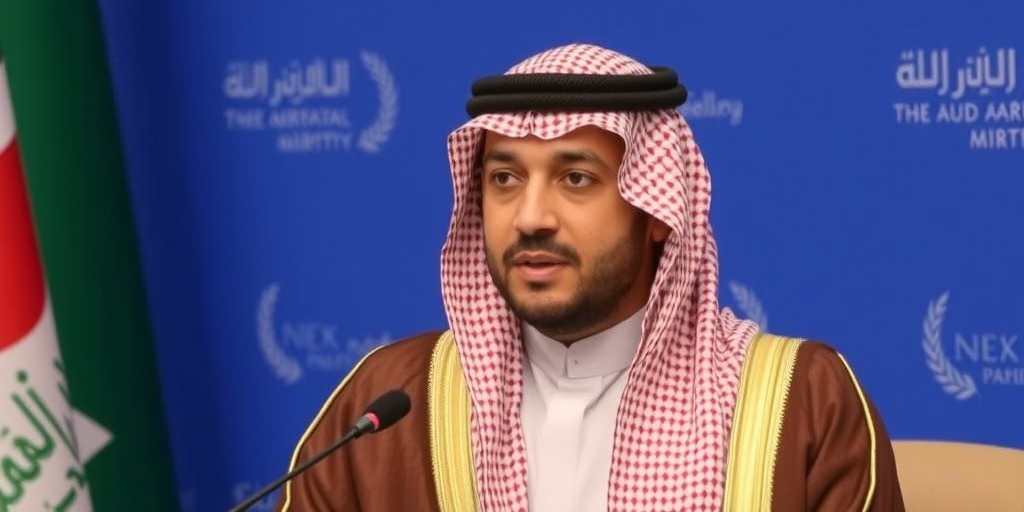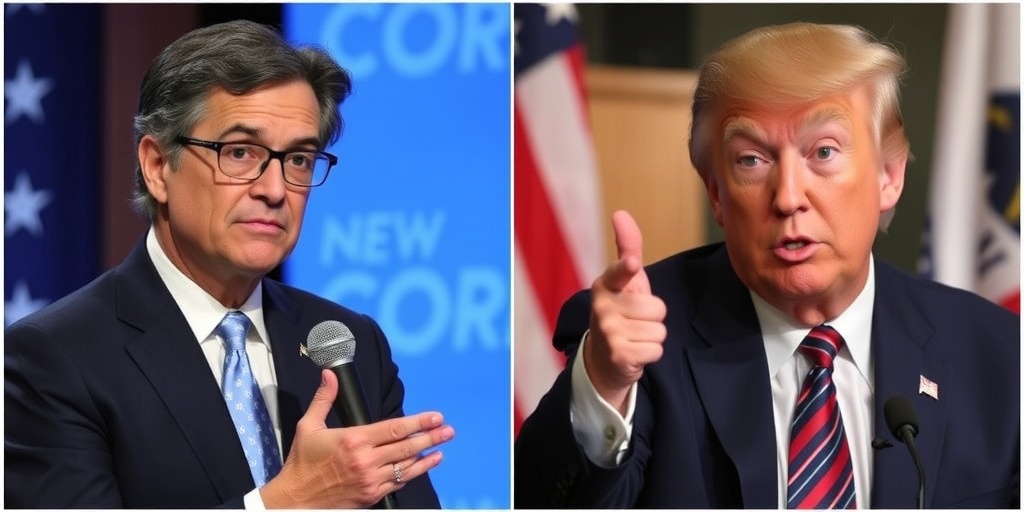Now Reading: Understanding DOGE: Key Insights on Trump’s Government Efficiency Department
-
01
Understanding DOGE: Key Insights on Trump’s Government Efficiency Department
Understanding DOGE: Key Insights on Trump’s Government Efficiency Department

Title: Trump Launches Department of Government Efficiency to Streamline Federal Spending
In a move that has garnered significant attention, President Donald Trump officially established the Department of Government Efficiency (DOGE) on Monday, aimed at slashing federal spending and modernizing technology within the government. This initiative is seen as a crucial part of Trump’s broader aims to improve efficiency in federal operations. While the creation of this new department comes with several details, key questions regarding its structure and functionality remain unanswered.
Initially, the concept behind DOGE was articulated in November when Trump proposed it would serve as an advisory body, working closely with White House budget officials. However, the executive order signed on Monday transitioned the group into an official entity within the federal government, indicating a more direct approach to addressing government inefficiencies. The announcement also follows a notable change in leadership; Elon Musk will be the sole leader of the initiative after Vivek Ramaswamy stepped back from the project.
Under this new structure, the United States DOGE Service will absorb the responsibilities of the United States Digital Service, which was established in 2014 during Obama’s administration to utilize technology to enhance government services. This evolution illustrates a shift towards technological modernization as a cornerstone of the new department’s objectives.
Furthermore, the executive order details the creation of a temporary organization within DOGE, set to dissolve by July 4, 2026. It remains unclear how the mission of this temporary organization will differ from that of the broader U.S. DOGE Service. The timeline aligns with Trump’s previous stipulation for the group to provide recommendations intended to minimize “waste and fraud” in the federal budget.
An intriguing aspect of the DOGE initiative is the incorporation of "DOGE teams," which will be embedded across various federal agencies. These teams will be composed of a mix of officials, including special government employees who can serve temporary roles for limited durations. While some team members may be volunteers, the specifics of compensation for participants in this initiative have not yet been disclosed.
Each DOGE team will consist of at least four members, including a lead, engineers, human resources specialists, and legal advisors. The selection of team members will take place in consultation with agency heads, and team leaders will act as liaisons, ensuring they have comprehensive access to all unclassified agency records and systems. The directive outlines the expectation for the teams to implement Trump’s DOGE agenda, primarily focusing on identifying potential regulations and expenditures that could be cut.
Despite the ambitious vision purported by Trump in November to "dismantle government bureaucracy" and enact significant budget cuts, the recent executive order does not expressly mention intentions to overhaul federal regulations. Instead, it emphasizes a mandate for the DOGE group to modernize federal technology and software, thereby enhancing governmental efficiency and productivity.
Trump’s campaign rhetoric suggested potential savings of up to $2 trillion from a $6.75 trillion federal budget, a figure that has since been moderated by Musk, who now suggests that $2 trillion might represent an optimistic best-case scenario. "We’ll try for $2 trillion — I think that’s like the best-case outcome," Musk mentioned, indicating prudence in fiscal expectations.
Leadership of the DOGE initiative has seen shifts as well. Initially, the plan included both Musk and Ramaswamy as co-chairs, but after Ramaswamy’s withdrawal amidst political turbulence, Musk is left to head the initiative independently. The executive order mentions the establishment of an “administrator” for the U.S. DOGE Service, who will report to the White House Chief of Staff, yet this position remains unfilled, with speculation surrounding potential candidates including Musk himself or trusted aides who have been integral to the transition.
The operational logistics surrounding Musk’s role in the White House are also noteworthy; while Trump’s remarks indicated that Musk would have a dedicated office space, there was immediate confusion regarding the specific location within the West Wing. Musk, who is currently coordinating efforts from SpaceX’s Washington headquarters, has been supported by a team of engineers and aides eager to implement the DOGE agenda.
Another significant query pertains to transparency and public accountability. The former U.S. Digital Service operated with accountability measures governed by the Freedom of Information Act (FOIA). The new positioning and structural organization of DOGE could impact its subjectivity to public information requests, although embedded DOGE teams may still be accessible under the act given their placement within federal agencies.
In conclusion, the establishment of the Department of Government Efficiency marks a strategic initiative aimed at overhauling federal spending through a combination of technological modernization and regulatory reform. While ambitious goals have been set forth, the ambiguous details surrounding the organization’s structure, goals, and transparency continue to raise important questions as this new chapter in federal management unfolds.
Stay Informed With the Latest & Most Important News
Previous Post
Next Post
-
 01New technology breakthrough has everyone talking right now
01New technology breakthrough has everyone talking right now -
 02Unbelievable life hack everyone needs to try today
02Unbelievable life hack everyone needs to try today -
 03Fascinating discovery found buried deep beneath the ocean
03Fascinating discovery found buried deep beneath the ocean -
 04Man invents genius device that solves everyday problems
04Man invents genius device that solves everyday problems -
 05Shocking discovery that changes what we know forever
05Shocking discovery that changes what we know forever -
 06Internet goes wild over celebrity’s unexpected fashion choice
06Internet goes wild over celebrity’s unexpected fashion choice -
 07Rare animal sighting stuns scientists and wildlife lovers
07Rare animal sighting stuns scientists and wildlife lovers





















